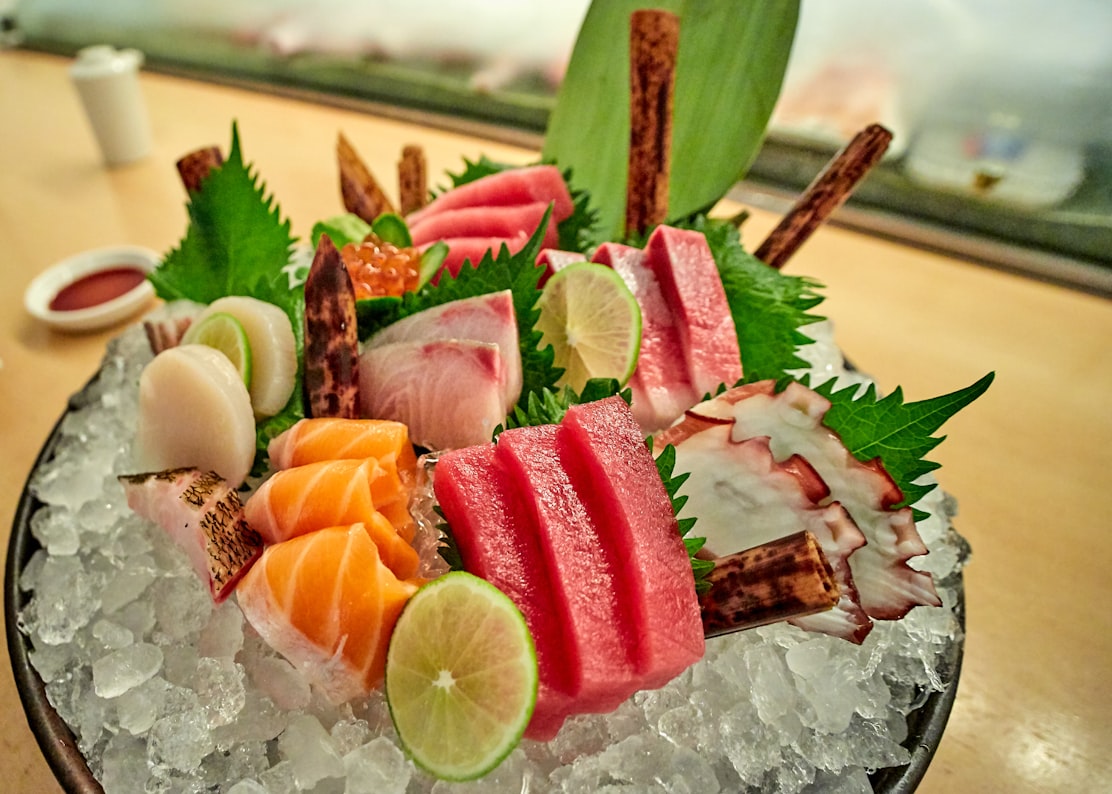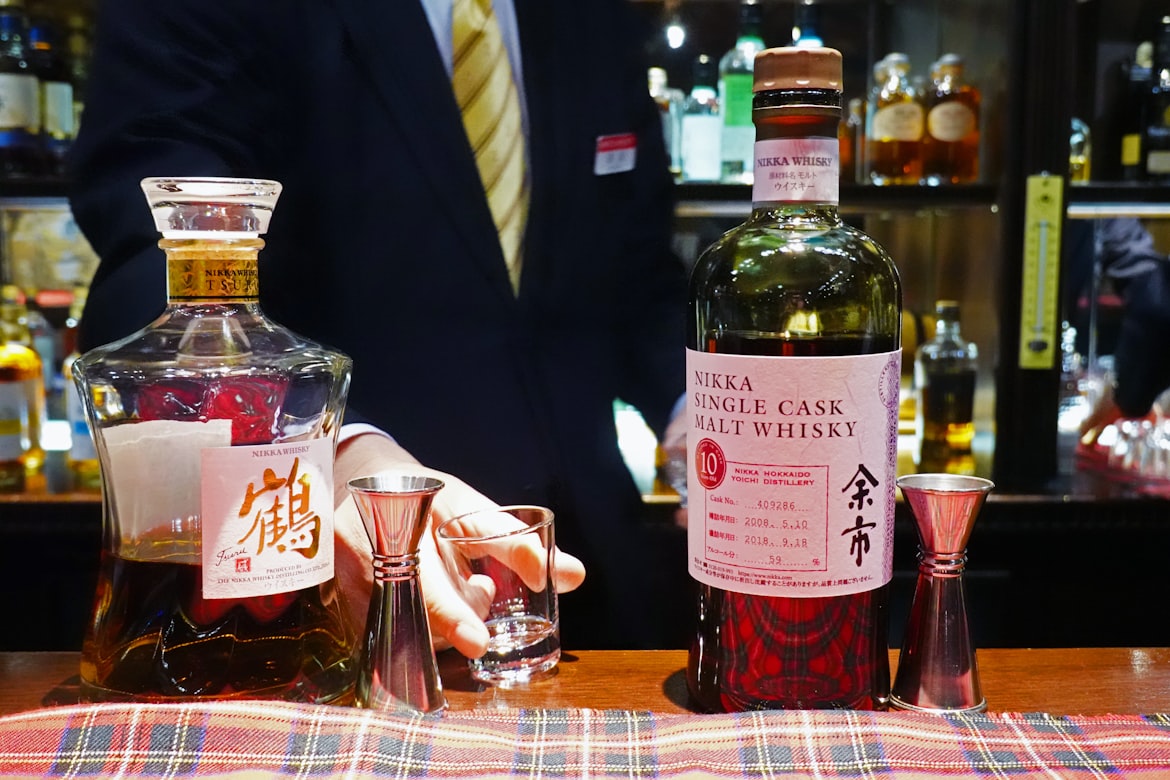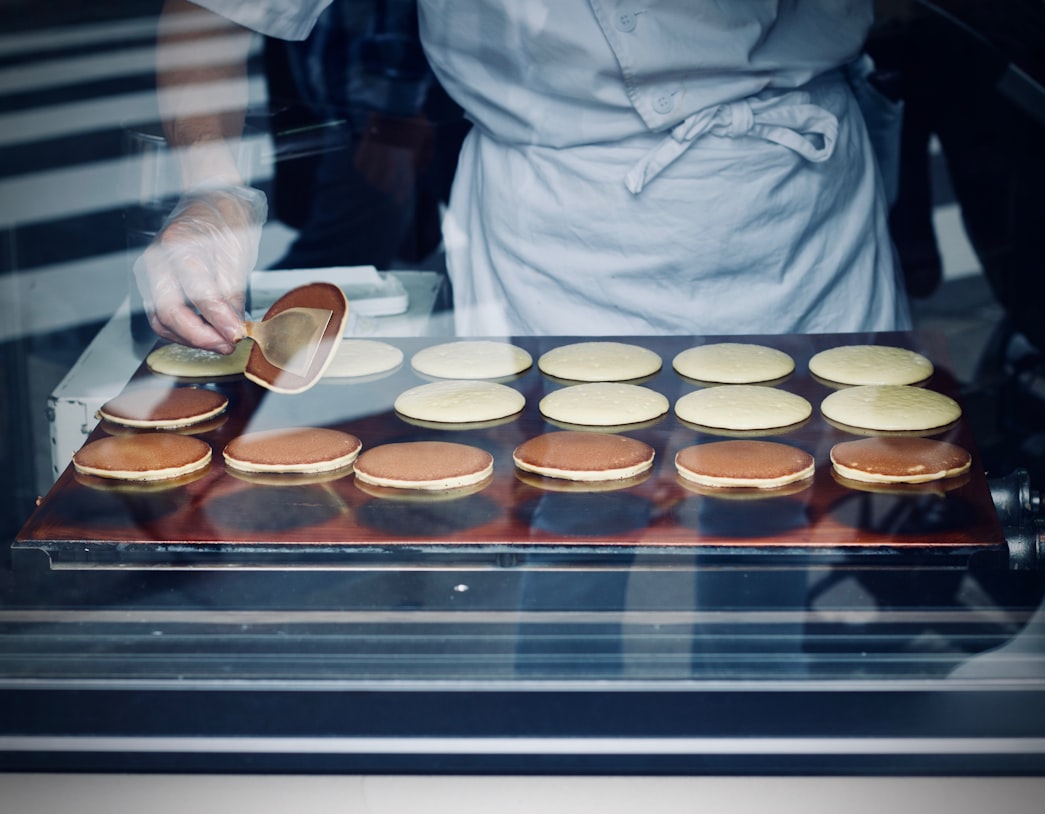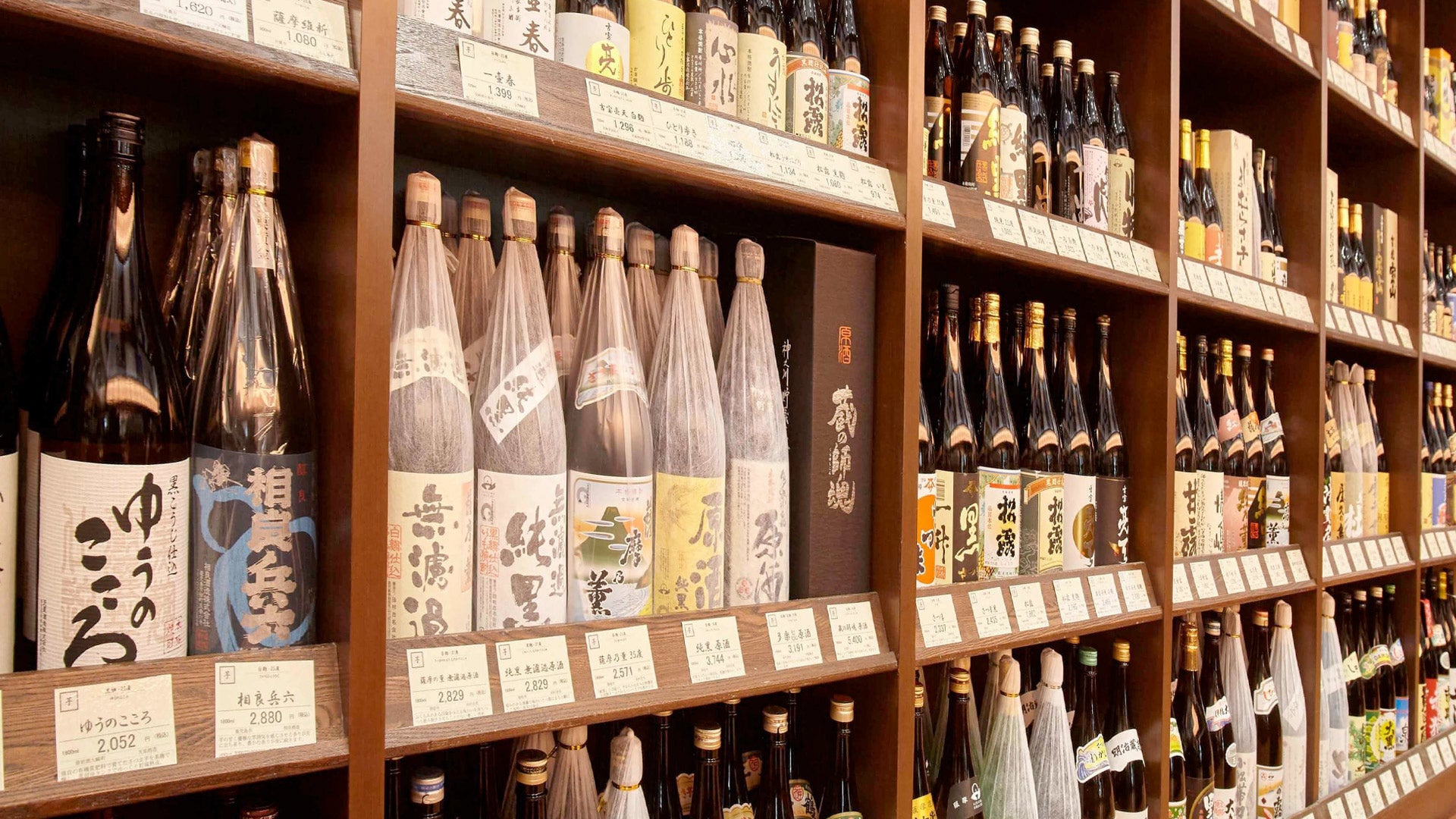Nabe, the traditional Japanese hot pot dish, has been a comforting and communal meal for centuries. Steeped in tradition, nabe brings together family and friends to share a bubbling pot of broth, an array of fresh ingredients, and the joy of cooking at the table. This article explores the rich history of Nabe Nourishment, its cultural significance, and how this one-pot wonder has evolved into a beloved culinary tradition. Additionally, we’ll delve into the contemporary trend of Nabe Variations that showcases the adaptability and creativity surrounding this heartwarming dish.
The Heartwarming Tradition of Nabe
Origins and Evolution
Nabe’s roots can be traced back to ancient Japan, where communities gathered around a communal pot to cook and share meals. Over the centuries, nabe has evolved, incorporating diverse regional ingredients and culinary techniques. Today, nabe is enjoyed throughout the year, with different variations celebrated in different seasons.
The Nabe Experience
Nabe is not just a meal; it’s an experience. The communal aspect of cooking and sharing from a shared pot fosters a sense of togetherness. Families and friends gather around the nabe, adding ingredients to the simmering broth, patiently waiting as each element cooks to perfection. The process is not only about nourishing the body but also about nurturing relationships and creating lasting memories.
Nabe in Japanese Cuisine
Variety of Broths
Nabe can feature a variety of broths, ranging from dashi (Japanese stock) to miso, soy milk, or even spicy kimchi. The choice of broth imparts distinct flavors to the ingredients and sets the tone for the overall dining experience.
Seasonal Ingredients
One of the charms of nabe is its adaptability to seasonal ingredients. In winter, a hearty nabe might include root vegetables, mushrooms, and meat. In the summer, a lighter version with fresh seafood, tofu, and seasonal greens takes center stage. This seasonal flexibility makes nabe a versatile and ever-changing dish.
Food Trend: Nabe Variations
The Nabe Variations trend reflects the contemporary exploration of diverse ingredients, broths, and cooking styles within the framework of the traditional nabe concept.
Creative Broths
Chefs and home cooks are experimenting with creative broths that go beyond the conventional. From truffle-infused dashi to aromatic herbal broths, the Nabe Variations trend introduces exciting flavor profiles that add depth and complexity to the hot pot experience.
Fusion Ingredients
Nabe Variations often feature fusion ingredients that reflect global culinary influences. Seaweed, shiitake mushrooms, and tofu might be joined by pasta, cheese, or even quinoa, creating a harmonious blend of Japanese tradition and international flair.
Specialized Nabe Restaurants
In major cities around the world, specialized nabe restaurants are embracing the Nabe Variations trend. These establishments offer diverse nabe options, allowing diners to choose from an extensive menu of broths, ingredients, and cooking styles. Some places even provide individualized pots for a personalized nabe experience.
Where to Savor Nabe Nourishment
For those eager to indulge in the heartwarming tradition of nabe, various culinary destinations offer opportunities to experience this one-pot wonder.
Traditional Japanese Restaurants
In Japan, traditional restaurants specializing in nabe, known as “nabe-ya,” provide an authentic experience. These establishments often feature a range of nabe options, including regional variations that showcase local ingredients and culinary traditions.
Specialized Nabe Joints
Internationally, cities with vibrant culinary scenes are likely to have specialized nabe joints that celebrate the Nabe Variations trend. These restaurants may offer modern interpretations of nabe, combining traditional elements with contemporary twists to cater to diverse palates.
Home Cooking and DIY Nabe Kits
For those who prefer the comfort of home, DIY nabe kits have become a popular option. These kits typically include pre-prepared broths, a selection of fresh ingredients, and easy-to-follow instructions, allowing individuals to recreate the nabe experience in their own kitchens.
Embracing Nabe: A Culinary Journey
In conclusion, Nabe Nourishment invites us on a culinary journey that transcends the boundaries of a shared meal. Whether enjoyed in a traditional Japanese setting, a specialized nabe restaurant, or the comfort of one’s home, nabe brings people together to share in the joy of cooking and eating communally. So, embrace the Nabe Variations, savor the seasonal ingredients, and let each bubbling pot of nabe nourish not only the body but also the soul, creating moments of warmth, connection, and gastronomic delight.…




